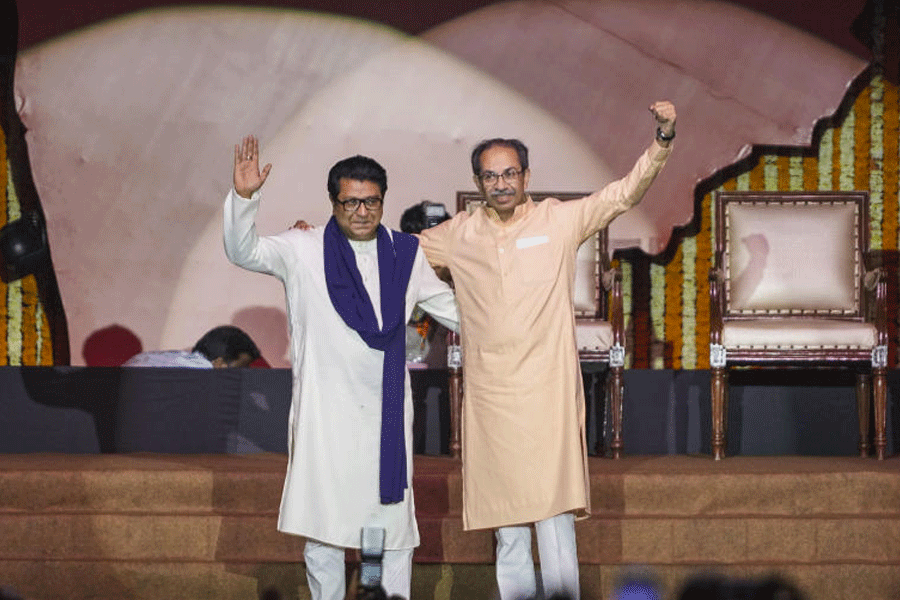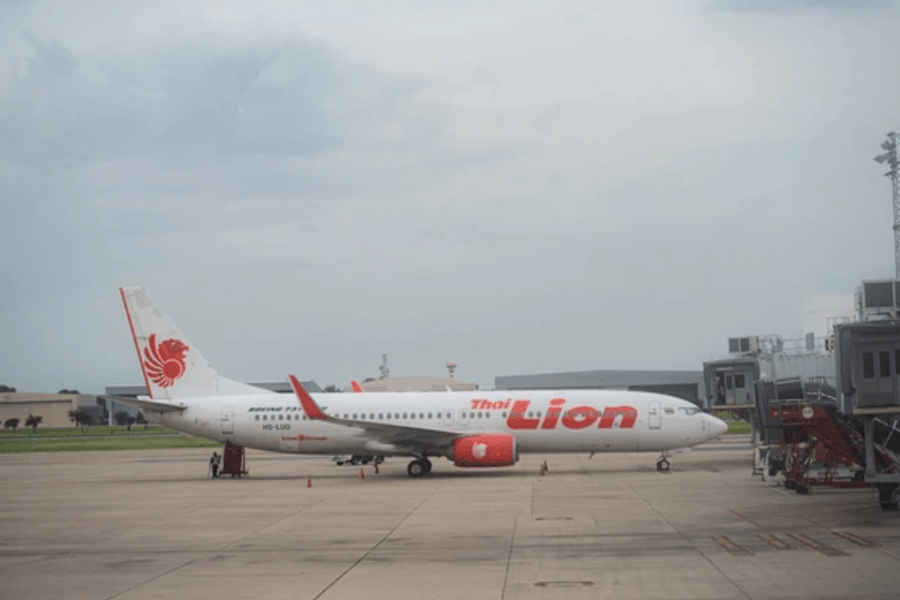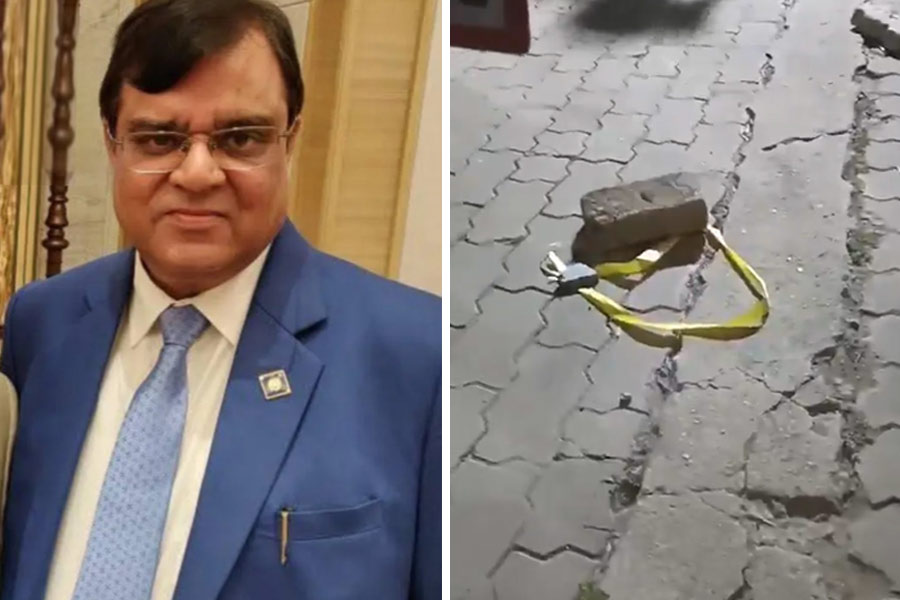 |
| Man versus nature: A kayaker takes on whitewater |
In December last year, I was on my way to Arunachal Pradesh. I had a date to keep with Kameng, one of the tributaries of the mighty Brahmaputra. My sole companion was Indra Thapa, a Nepalese with whom I had kayaked three rivers in Arunachal in 2003.
Throughout our journey to the Kameng, our kayaks drew curious onlookers. ?What are these plastic things?? ?Can you use them like we use boats?? Queries poured in from all age groups, shapes and sizes. And only the hotel room could finally protect us from the onslaught.
Our journey to Kameng had taken us through Siliguri to Tezpur to Seppa district, Arunachal. Our first glimpse of Kameng was en route to Seppa via Bhalukpong. Thankfully, the waters did not disappoint us in either their beauty or their expanse. The view was mind-boggling ? the rush of green waters through the lush vegetation would have made a lovely picture postcard, I thought. But more importantly, Kameng held out the promise of whitewater rapids in the upper sections. What more could a kayaker ask for?
Our first attempt at kayaking on Kameng was near a village called Marjangle, a place we reached after driving 60 km on painfully bumpy dirt tracks. (The ride left us with sore bottoms for days.) Tired, we decided to relax by getting some action. Our jeep driver and a group of co-passengers, too, decided to take a break ? by watching us in action.
So in a matter of minutes, Thapa and I were getting into our gear after packing our sleeping bags and ration into the kayaks. We made a short demo during our warm-up. Bidding our spectators farewell, we sped down the river in our kayaks. The first 10 km went off quite smoothly until we moved into a class-3 rapid. That was the thrill we were seeking. Riding high on adrenaline, we let the rapid take us with the flow. Soon, we passed a footbridge crowded with villagers who clapped wildly as they saw us go downstream.
In a short while, we came across several class-4 rapids that were dotted with heavy boulders. That was quite an energy-burner. Weary, we decided to camp for the night in a gorge.
Next day, we did not find any technical rapids and we were soon at Seppa where we made a short stay and then paddled on till we were just upstream of where the road and the river would part ways. It started to rain and we were a little worried, considering that all we had to keep the rain away was a single polythene sheet.
The next day, we saw the road for the last time and entered the 60-km gorge section from which we knew it would take us many days to trek to the road. There was a certain anticipation of adventure that made kayaking this part of the river very tense. The river was what we hoped for, with numerous rapids, about 30 class-4s including a lovely 10-km stretch in a steep rock gorge.
We camped where the gorge seemed to open out on a small beach with waterfalls on the other side. It was a magical campsite, but the weather turned rough. We were in the middle of this gorge, not knowing how the river would turn out to be the next day. The day had been fantastic and if our good luck persisted, we?d finish our expedition in two days.
Next morning, we feasted on high-energy foods and set out to paddle long stretches. There was a strong feeling that we?d be getting to Bhalukpong by evening and could sleep under a roof with some good food in our tummies. We weren?t expecting too much of whitewater any more. But surprisingly, we came across almost 30 continuous class-3 and 4 rapids all the way to Bhalukpong.
The river became very wide closer to Bhalukpong as it had entered the plains. We?d started in the river where it was narrow enough to just jump across. At the end of our journey, it was a vast expanse teeming with mahseer, the angler?s favourite catch.










